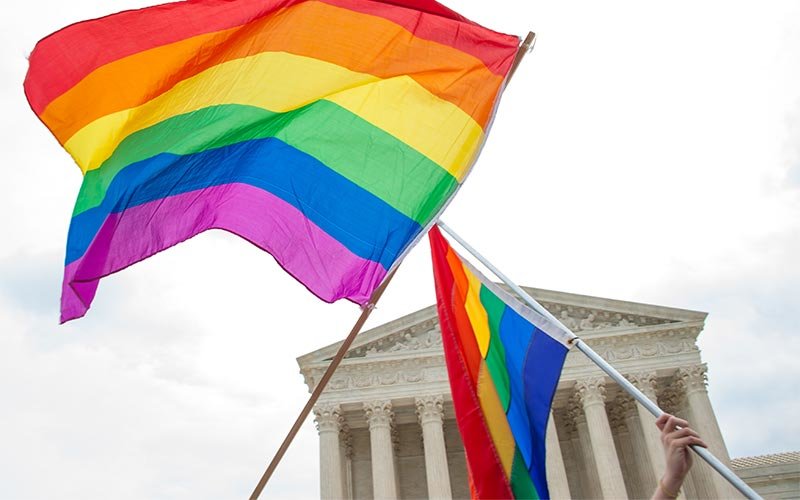
Many believe that the fight for LGBTQ rights began with the Stonewall Riots. However, recent research from Jason Shepard, chair and professor of communications at Cal State Fullerton, highlights how the U.S. Supreme Court’s views of the First Amendment during the 1950s and early 1960s helped pave the way for the movement.
ONE magazine, published from 1953 to 1967, was the first widely distributed LGBT magazine in the U.S. It was banned from the mail in 1954.
The Supreme Court overturned the mail censorship of ONE magazine and the censorship of other magazines about nudism and male bodybuilders during that era. In protecting free press rights of sexual minorities to use the U.S. mail for mass communications, the Warren Court’s liberalization of obscenity law and protections of free press rights for homosexuals allowed LGBT Americans to develop identity, build communities and seek social justice during a particularly oppressive time in U.S. history.
How did you get interested in researching this topic?
I examined the legal history of three cases in which the Supreme Court overturned the censorship of magazines by and for sexual minorities, and that laid the foundation for the future of LGBTQ rights law. I’ve long been interested in the role of free expression in the LGBTQ rights movement, including how media representations have helped LGBTQ citizens gain social acceptance and legal rights.
The story of the censorship of ONE magazine had received very little scholarly attention. After I joined CSUF and learned that the archives of the magazine and its founders were in Los Angeles, I began to develop several interrelated legal history projects. This has been years in the making.
What was your research process like to develop your article?
I wanted to tell the story of these three court cases by examining the broader networks of communications of the magazines that were censored. In addition to the legal stories, I was interested in who published the magazines, how they were distributed and who their readers were. I read the pages of ONE magazine and reviewed thousands of pages of documents from organizational and personal papers at the ONE National Gay and Lesbian Archives in Los Angeles. At the Library of Congress in Washington, D.C., I dug through court records and the personal papers of several Supreme Court justices. I listened to oral histories conducted by earlier scholars and journalists at the New York Public Library in New York City.
In relation to what has been happening with the USPS and mail-in ballots for the upcoming election, are votes protected by the First Amendment like the magazines in your research were?
I haven’t seen any First Amendment arguments that there is a First Amendment right to a speedy ballot delivery by mail. However, my research about the censorship of the U.S. mail shows that post office administrators and politicians have long policed the mail for materials they thought should be banned, for a variety of reasons. In terms of policing the mail for “radical ideas,” the practice began in full in the mid 1800s with the passage of the censorship law known as the Comstock Act in 1873. The cases I examined in the 1950s and 1960s represented the beginning of the end of widespread censorship in the name of public morality. The cases provided precedents for the principle that the First Amendment protects citizens against indiscriminate censorship of their mail.
Is there anything else you’d like to share about the research?
The cases I examined are another reminder of how powerful the U.S. Supreme Court is and has been in the history of our democracy. In 1958, the Supreme Court decided that America’s first gay-rights magazine couldn’t be banned from the U.S. mail. The decision allowed ONE magazine to connect gays and lesbians to a broader subculture that later launched the gay liberation movement.
Read Shepard’s research in “The First Amendment and the Roots of LGBTQ Rights Law: Censorship in the Early Homophile Era, 1958-1962″ published in the William & Mary Journal of Race, Gender and Social Justice.
Contact: Karen Lindell, klindell@fullerton.edu